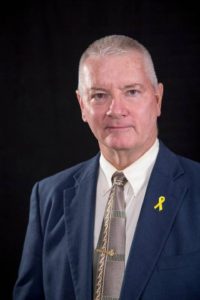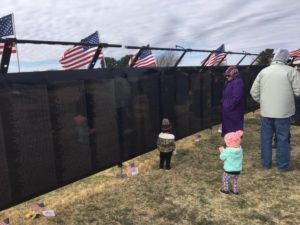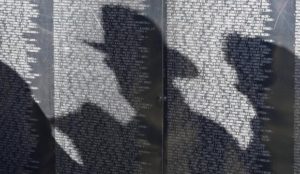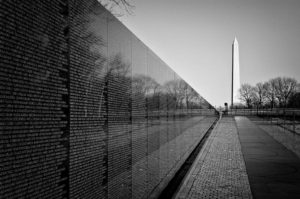BLOGGER’S NOTE: This piece was published initially on ketr.org, the website for KETR-FM public radio based at Texas A&M-Commerce.
Jose De La Torre would be about 75 years of age today. I don’t know how he would have lived his life. I don’t know about his family history or what he aspired to do after he took off his Army uniform.
Indeed, our acquaintance was fleeting. We served in the same aviation battalion briefly in Vietnam. I worked as a crew member on an OV-1 Mohawk fixed-wing reconnaissance airplane; De La Torre served on a UH-1 Huey helicopter crew … as a door gunner.
I arrived in Vietnam in March 1969. One day in June of that year, Spc. De La Torre ventured into our work station to boast a bit. He was going home. He had been in Vietnam for 30-something months, extending way past his scheduled return to The World. But he was going to call it quits. He was a bundle of energy that day, bursting with palpable excitement.
Later that day, his Huey company scrambled on a “routine troop lift” into a landing zone; they were to drop soldiers off on a recon mission. The intelligence prior to the mission indicated a smooth delivery and departure.
It was nothing of the sort. The LZ was “hot,” meaning the enemy was waiting for our ships. They opened fire. Our guys suffered grievously.
Jose De La Torre died that day in “the bush.”
His name now is among those etched into that black stone edifice in Washington, D.C. The Vietnam Veterans Memorial – known colloquially as The Wall – contains the names of 58,000-plus men and women who perished in that terrible conflict.
These are the men and women, along with hundreds of thousands of other Americans who perished in other conflicts over the course of our nation’s journey through history, we honor on Memorial Day.
I graduated from high school in Portland, Ore., in 1967. I joined the Army a year later and the year after that I reported for duty in South Vietnam at a place called Marble Mountain, a jointly operated Army-Marine Corps airfield just south of Da Nang in Quang Ngai province. I am fortunate to be able to boast that no one from my high school graduating class died in service in Vietnam … at least not to my knowledge.
This essay, though, is about the individuals who did die in service to their country. We owe them all that we can muster up to bless their souls for the devotion they had for their country and for the principles for which they fought and died.
We shouldn’t conflate this day with Veterans Day, which will come up later this year. We honor those who did not come home, those who died in battle. And yet some of us do tend to mix these holidays. They’re both worthy of our commemoration, but we always must pay tribute exclusively to those who perished in battle and those who served in the military.
I learned a little about Jose De La Torre when I found his name on The Wall in August 1990 during my family’s first visit to the Vietnam Veterans Memorial. I learned he hailed from Fullerton, Calif., and that he was born in 1945. My lasting memory of this “forever young” fellow, though, will be of his unbridled joy at the thought of going home. The rest of his story will remain known only to those with whom he was much closer.
Still, it is fitting for me – a mere passing acquaintance – to offer a sincere “thank you” to this hero’s memory and to all Americans who gave their last full measure of devotion to the country they loved.





